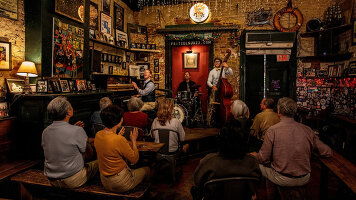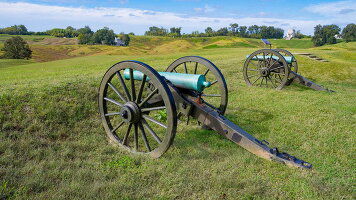Overview
Itinerary
Alton is the gateway to St. Louis, which was a passageway into the Louisiana Territory during the 19th century. In 1904, St. Louis gained recognition as host of a world's fair (officially called the Louisiana Purchase Exposition), whereby some accounts the ice-cream cone was introduced. Today, it is home to rich architectural treasures—among them, the Cathedral Basilica of St. Louis, with its 41-million-piece mosaic; the Renaissance Revival City Hall; the 19th-century Old Courthouse; and the Gateway Arch, standing along the Mississippi as a monument to westward expansion.
Hannibal is the childhood home of Samuel Langhorne Clemens, or Mark Twain, and the inspiration for his beloved stories of Tom Sawyer and Huckleberry Finn. Prior to the 1803 Louisiana Purchase and arrival of European settlers, a variety of indigenous Native American tribes called the area home. Hannibal grew into the primary port for steamboats and flatboats traveling the Upper Mississippi. “The Unsinkable Molly Brown,” the early 20th-century socialite, philanthropist and survivor of the Titanic tragedy, was also born here.
The US flag was first raised over Iowa in Burlington—in 1805—by Lieutenant Zebulon Pike during his Mississippi explorations.
Later, it became an outpost for the American Fur Company, a trading enterprise founded by John Jacob Astor. In 1834, it took its present name after the Vermont birthplace of its first settler, John Gray. During the steamboat era, it was a major port along the river. Today, the city is home to many magnificent buildings on the National Register of Historic Places, including the art deco Capitol Theater and the Gothic Revival St. Paul's Church.
Straddling the confluence of the Mississippi and Rock Rivers, the Quad Cities area comprises Davenport and Bettendorf, Iowa, and Rock Island, Moline and East Moline, Illinois. As the only section of the Mississippi that flows from east to west, it is geographically unique. Its tightly knit riverside towns thrived due to thoughtful planning and effective leadership. Today, the Quad Cities rest amid the fertile farmland known as “America's Breadbasket”—the nation's most expansive and scenic agricultural region—and is home to agribusiness giants including John Deere.
One of Iowa's few cities laid out among rolling bluffs, Dubuque is called the “Masterpiece on the Mississippi” for its 19th-century ingenuity and modern-day cultural evolution. Timber and boatbuilding were central to the city's growth, with wood harvested in Minnesota and Wisconsin. The spirit of this river town lives on in the Cathedral Historic District, dotted with well-preserved buildings and authentic period lampposts. Today, the city is praised for its livability and for its riverside developments, including a museum and aquarium dedicated to the Mississippi River.
La Crosse has a deep connection to the towering bluffs and rolling farmland of the Norskedalen, or “Norwegian Valley.” Here, a Norwegian immigrant population has created a unique culture over generations. Historic immigrant villages dot the valley still, a collection of preserved homesteads reflecting a frontier way of life. Today, La Crosse boasts numerous sites on the National Register of Historic Places. Its important architectural landmarks, along with an array of engaging statues along the riverfront, make La Crosse feel like a vast open air museum.
Red Wing is known for its Red Wing Shoes, which produced footwear for soldiers in both world wars. The city was named after a Sioux chief whose red-dyed swan wing indicated his rank. The first settlers—many from New England—arrived in the mid-1800s. German, Irish and Scandinavian immigrants followed, bringing skills in tanning, shoemaking, pottery and more. The city boasts a diversity of legacies including Red Wing Stoneware and Pottery, founded in 1877 as the nation's first commercial potter. Today, Red Wing enjoys a place in the National Trust for Historic Preservation.
Bid farewell to your fellow guests and journey home. Or spend more time exploring, perhaps joining one of our extensions.
Life Onboard Viking Mississippi
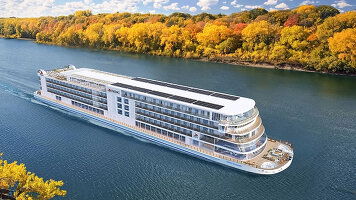
Viking's award-winning Longships® showcase innovative engineering, streamlined Scandinavian design and understated elegance. Read more
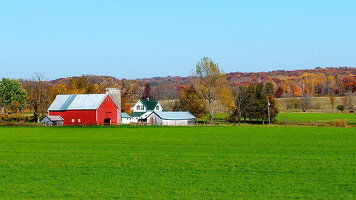
A Mississippi River cruise offers you the rare opportunity to sail through America's heartland. Read more
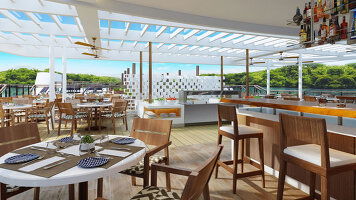
Elegant, light-filled ships thoughtfully designed to connect you to your destination. Read more
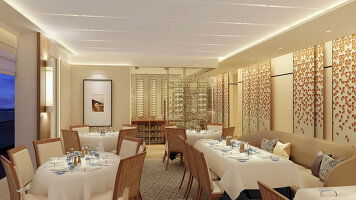
From relaxed, multi-course fine-dining to casual meals on the Aquavit Terrace. Read more

Viking proudly includes all that you need and nothing you do not and your river cruise fare. Read more

Viking offer behind-the-scenes insights and opportunities that set them apart from other travel companies. Read more
Download Brochure
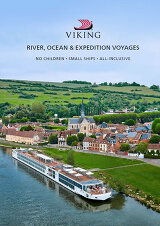
Viking River, Ocean & Expedition Voyages (2025-27)
Dates & Pricing
 USD
USD
Viking River Cruise $25 Deposits!
Cabin Layout Options:
Select Cabin Preference:
Tour & cruises prices are per person. Prices shown have savings applied, are subject to availability and may be withdrawn at any time without notice. Pricing and trip details are correct at this point in time, however are subject to confirmation at the time of booking and are subject to change by Viking. For cruise itineraries, cabin images are sourced from the cruise-line and should be treated as indicative only. Cabin inclusions, upholsteries and room layout may differ to the image(s) shown depending on the ship selected and your sailing dates.





